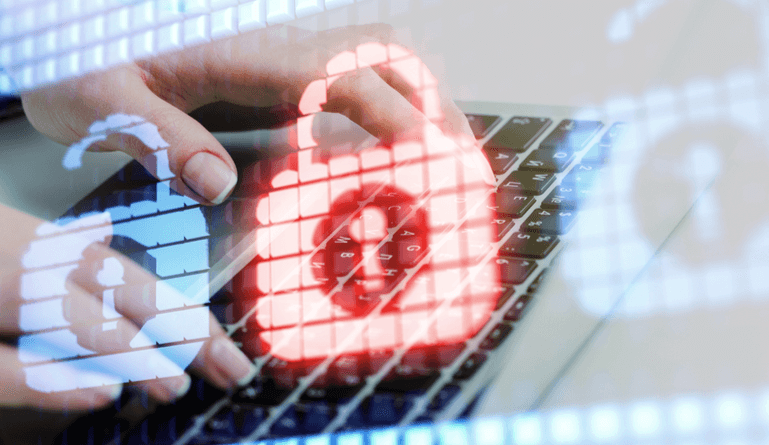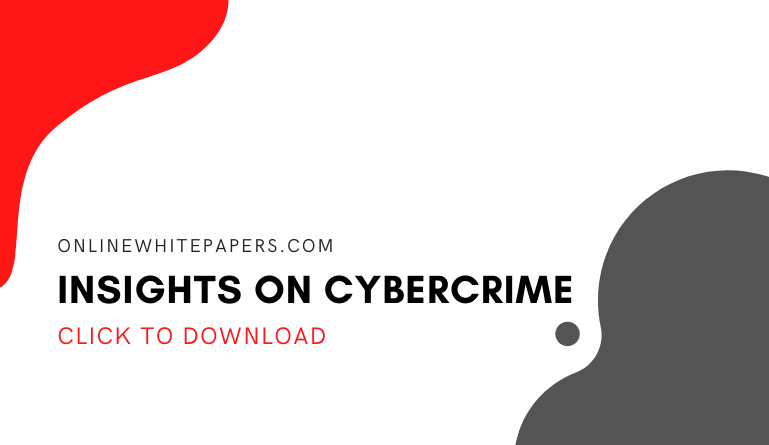The cybersecurity industry is evolving every day. Although all businesses are deploying resources to counter cyber threats, we still have a long way to go. We still have to catch up with many cybersecurity threats in 2021. It is important to know all about the current cyberthreats so we can mitigate them in the foreseeable future.
Even though all industries are very diligent in protecting customers’ data, retail, technology, and government entities face 95% of cyber threats. That being said, internet users come across hackers every 39 seconds. This affects every 1 in 3 Americans.
Top CyberThreats To Impact Businesses in 2021
-
Increased phishing related to COVID-19
The pandemic due to novel coronavirus forced the companies, employees, and other general public to adopt and use collaboration apps, remote access tools, and cloud services. However, many organizations in the retail and technology industries lack IT experts to conduct proper training and configure viable, security-proof solutions for the audience.
The lack of time and a limited budget for the collaboration tools and cloud services does not allow businesses to focus more on securing the customers’ data. The users do not question the app’s quality and go on sharing the information.
Cloud storage, containers, and server applications are not well-protected. This increases the chance of phishing as cyber criminal’s prime targets are applications with large surfaces. Misconfigurations in the applications expose the services to the attackers and users get prone to phishing.
The pandemic or COVID-19-related phishing log-in pages or sign-up forms expose the users to a great risk of losing their information such as credit card number, OPT, or passwords.
-
Double extortion strategy
In the year 2020, some ransomware groups went active on the internet and took the double extortion strategy to steal data. Following the theft, the groups threatened the victims to publish the data. As of 2021, more than 1000 companies have their data stolen through double extortion.
The Maze Group was responsible for more than 50% of breaches. However, they retired in 2021. The security prediction groups suggest that double extortion theft will continue to grow in the foreseeable future.
However, companies can hire IT, experts, to combat all the cyber threats related to double extortion. The information leaks by ransomware groups create a bad reputation for the business and raise the question if one should trust the service for keeping records or not.
-
Cybersecurity threats to remote workers
As most of the businesses have gone online, the cyberthreats to remote workers will increase rapidly in 2021. Most companies are using cloud services, service applications, and collaboration tools to complete projects and communicate effectively. However, the RCE (remote code execution) vulnerability is another chance for cybercriminals to steal information.
The vulnerability is very dangerous to the collaboration tools as it does not require any interaction in order to hack a user’s computer. The data could be misused and can ruin a company within seconds.
The concept of working from home or remotely is not new for us. But still, NCSC (National cybersecurity center) is publishing best practices to work safely to protect valuable data on the internet.
For many companies, it means that the security protocols should be implemented immediately. However, many organizations could not achieve full-proof security due to the lack of expertise and limited resources.
-
User device-related cyberthreats
Our smart devices have become an extension of ourselves. That is why they are clear attack surfaces for hackers and scammers. We use mobile to set out our routine, to communicate and to manage our finances.
Phishing is the oldest yet the least technical trick to attack the user. Even though many users are aware of phishing attacks, it is the most common type of cyber-attack and continues to grow.
Most of the phishing attempts(1) take place over a third-party website or your email. The hackers send fraudulent messages, asking for your credit card number OPT, password, and other information. Users also receive malicious images, texts, videos, and links through fraudulent advertising.
According to research, more than 70% of the people have clicked at least 6 or more malicious and phishing links on apps, websites, and emails.
-
Cyberattacks targeting the Internet of Things (IoT)
Every IoT-technology user should be aware that 57% of IoT-based devices are vulnerable to cyber-attacks. Rock’s research study (2020) suggests that cyberthreats to IoT-based devices can lead to serious reputational and economic consequences.
If a cybercriminal hacks into an IoT-based device with company data, he can leak sensitive data and even ask for data ransom money. The worst-case scenario is a hacker selling the sensitive information of a company on the dark web. A cyber-attack might also weaken or disable the IoT-based devices on large surfaces.
-
Business operation-related cybersecurity threats
Sometimes, hackers do not hack service applications but the flow of business operations. We are rapidly increasing business operations throughout the globe. This also means that hackers are open to taking advantage of weak business operation security for financial gain.
However, attacks on business operations require deep knowledge of how a brand’s process works. Therefore, cybercriminals observe how the process works so they could find a weak link within.
Business operation-related attacks are quite discrete. That is why many organizations fail to take counter-action on time.
-
Cybersecurity threats on cloud data
Attacks against cloud data are common but since the pandemic, every other company is switching to cloud services. This sudden surge of shifting to cloud services has caught the attention of hackers and cybercriminals.
For instance, thousands of buckets on Amazon are misconfigured. Therefore, anyone can breach the security and alter the data in the buckets.
-
Shipping and parcel cyber threats
The global shipping and parcel industry is also facing cyber-attacks. This has caused severe disruptions in the supply chain. Security breaches usually affect the internal operations and public websites as well.
Conclusion
As cybercriminals are evolving their hacking strategies, organizations must change or adjust their cybersecurity and data protection strategies to protect customers’ data. To top the emerging cyber threats, businesses need to protect their service applications and data across multiple domains.






